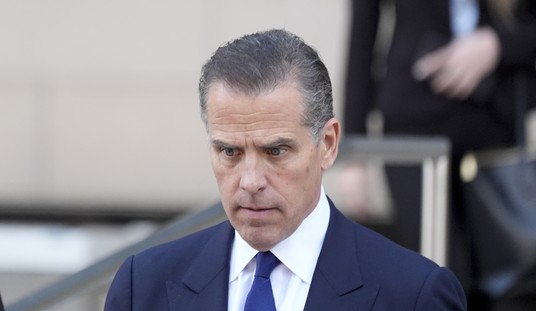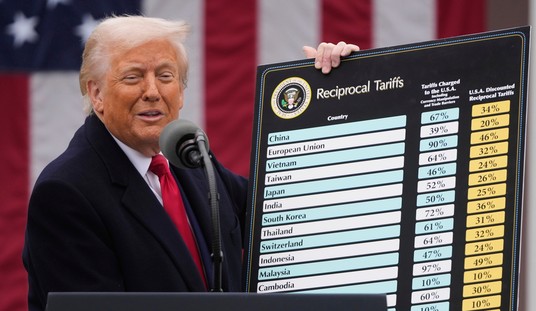We’re still a week or more out from an assessment of the 2010 retail season, which has been reported thus far as a relative success. If so, it will come despite a lack of consumer confidence, and not because of an increase in it. Reuters reports an “unexpected” drop in December, fueled mainly by the continuing issues of joblessness:
Consumer confidence unexpectedly deteriorated in December, hurt by increasing worries about the jobs market, according to a private report released on Tuesday.
The Conference Board, an industry group, said its index of consumer attitudes slipped to 52.5 in December from an upwardly revised 54.3 in November.
The median of forecasts from analysts polled by Reuters was for a reading of 56.0.
Reuters never seems to remove its rose-colored glasses in its economic predictions. In this case, though, the result may fairly be described as “unexpected.” Retail sales in this holiday period jumped up 5%, according to SpendingPulse. That’s the best year-on-year increase on a percentage basis since 2005:
U.S. retail sales, excluding autos, rose 5.5 percent to $584 billion from Nov. 5 through Dec. 24 for the biggest holiday-season increase since 2005, said MasterCard Advisors’ SpendingPulse, which measures retail sales by all payment forms. The Conference Board’s confidence index decreased to 52.5, lower than the most pessimistic forecast of economists surveyed by Bloomberg News and down from a revised 54.3 in November.
The SpendingPulse data seems to match the anecdotal observations so far in the holiday season. Merchants seemed busier, and people began to spend not just on others but also themselves in this holiday season. An increase of 5% from 2009 doesn’t take us out of the doldrums, but it would put the consumer-driven portions of the economy on firmer footing going into 2011. That assumes, however, that retailers didn’t buy that increase with heavy discounting that would erode the bottom line in order to clear heavy inventories. We’ll know more about that in January.
The difference between confidence and sales could have been a result of the unemployment report in early December. The lack of private-sector job creation took analysts by surprise, and the gloomy report may have sapped the confidence of consumers after much of their holiday spending had already occurred. In that case, the bump from the retail season may be entirely transitory and already dissipated.
Confidence won’t be helped by the continued decline of property valuation. At the Washington Post link above, the S&P/Case-Schiller report shows an overall decline of property values in October of 0.8% year-on-year. The news was worse in single-family residential homes, which dropped a full percentage point:
U.S. single-family home prices fell for a fourth straight month in October pressured by a supply glut, home foreclosures and high unemployment, data from a closely watched survey showed on Tuesday.
The Standard & Poor’s/Case-Shiller composite index of 20 metropolitan areas declined 1 percent in October from September on a seasonally adjusted basis, a much steeper drop than the 0.6 percent fall expected by economists.
The decline built on a revised decrease of 1 percent in September and took prices down 0.8 percent from year-ago levels. It was the first year-on-year drop in the index since January.
The housing market has been struggling since home-buyer tax credits expired earlier this year. To take advantage of the tax credits, buyers had to sign purchase contracts by April 30.
S&P’s index committee chair David Blitzer says that the housing double-dip is “almost here,” but that is entirely a consequence of the gimmicky short-term interventions of Congress and the Obama administration. The tax breaks did not create qualified buyers; it merely incentivized already-qualified buyers to move up purchases in order to get taxpayer subsidies through the credits. That also extended the process of revaluation of bubble-inflated asset prices, which is inevitable. Until real demand returns through an expanded group of qualified buyers, housing prices will continue to fall, eroding the primary asset of most consumers, and eroding their confidence in consumption ability as well.
The real solution for all of these ills is to stimulate private-sector job creation. The only three ways for the government to do that successfully over the long term: looser monetary policies, tax cuts (especially targeted at investors), and regulatory relief. We have as loose a monetary policy as possible, and tax cuts for investors appear politically impossible (and taxes are already relatively low, historically). Since the Obama administration has embarked on massive regulatory expansion, don’t look for any significant improvements over the next two years.








Join the conversation as a VIP Member